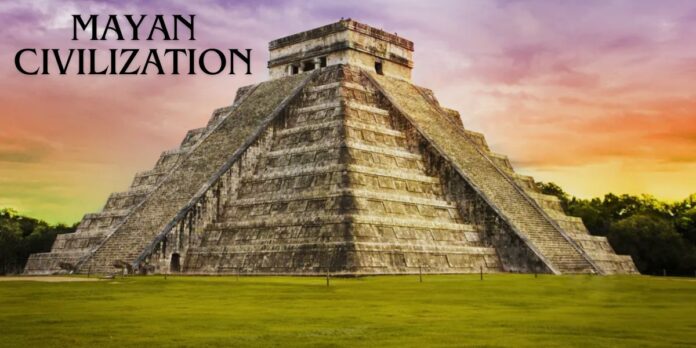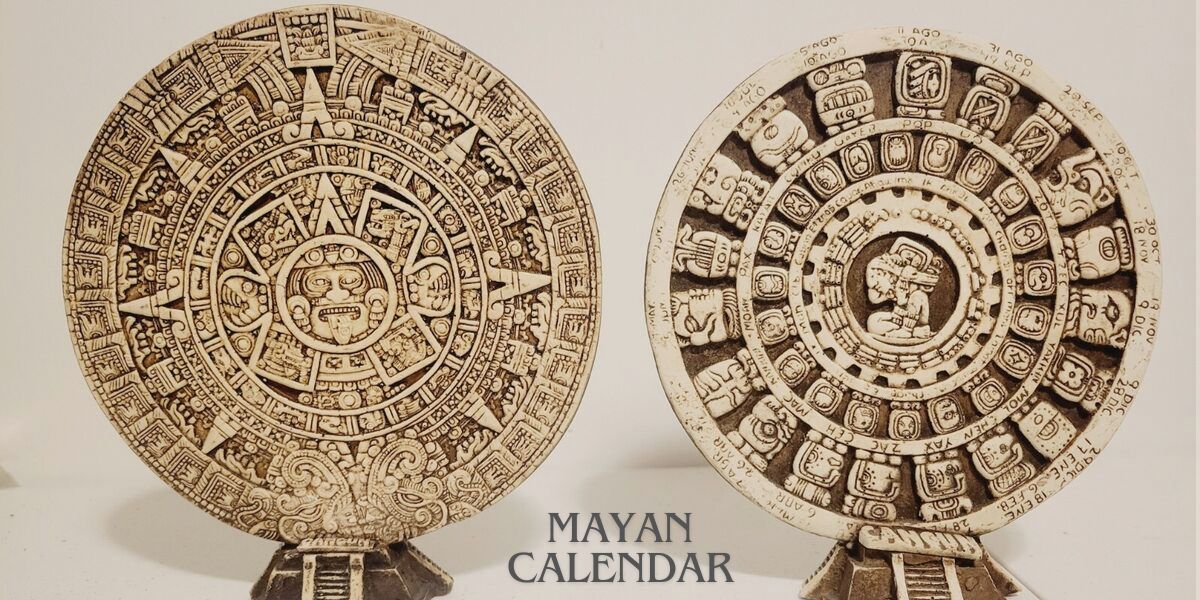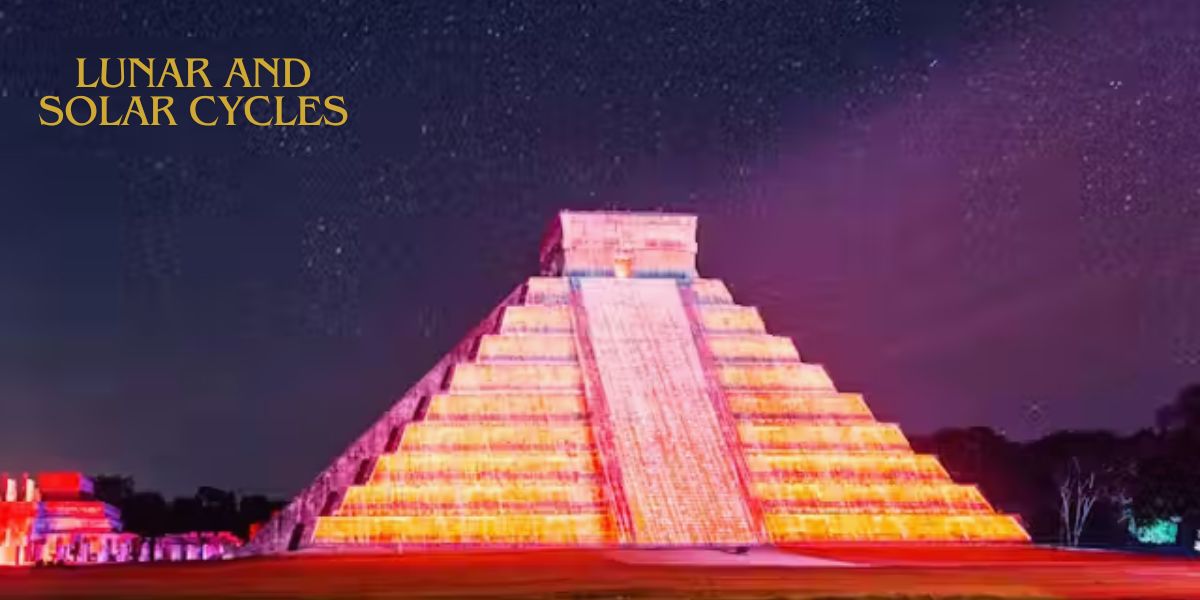The Mayan civilization, one of the most advanced ancient cultures, flourished in Mesoamerica for centuries. Known for their impressive achievements in various fields, the Mayans made significant contributions to science and astronomy. Their deep understanding of celestial movements, mathematical systems, and architectural precision set them apart from many other civilizations of their time. This article explores the groundbreaking scientific and astronomical advancements made by the Mayans, highlighting their ingenuity and lasting influence on modern studies.
The Foundation of Mayan Scientific Achievements
Mathematics played a crucial role in the Mayan civilization, influencing everything from architecture to astronomy. Their numerical system was highly sophisticated and based on a vigesimal (base-20) system, which allowed them to perform complex calculations with ease. The Mayans developed the concept of zero independently, a groundbreaking mathematical achievement that predated its use in Europe by several centuries. They used a combination of dots, bars, and shells to represent numbers, making their calculations efficient and practical. This advanced mathematical understanding enabled them to make accurate astronomical predictions and design their monumental structures with precision.
Astronomical Observatories: A Window to the Universe
The Mayans built sophisticated observatories to study celestial bodies and their movements. They understood that the cycles of the moon, sun, and planets influenced their daily lives, leading to the development of intricate calendars. One of the most famous observatories, El Caracol in Chichen Itza, was designed with windows aligned to track Venus and other celestial events. Their keen observations of the night sky allowed them to accurately predict solar eclipses, equinoxes, and solstices, which played a crucial role in their religious and agricultural planning. These observatories demonstrate the Mayans’ advanced understanding of astronomy and their ability to integrate it into daily life.
A Testament to Astronomical Precision
The Mayans developed a complex calendrical system that remains one of their most remarkable achievements. Their calendars were not only used to track time but also to guide agricultural cycles and religious ceremonies. They created the Tzolk’in (sacred calendar) with a 260-day cycle and the Haab’ (solar calendar) with a 365-day cycle, which they synchronized to form a 52-year “Calendar Round.” Their Long Count Calendar allowed them to measure vast spans of time, leading to the famous 2012 prophecy, which was widely misinterpreted as the end of the world. This precise timekeeping reflects the Mayans’ deep knowledge of astronomy and their ability to connect celestial patterns with human life.
Architecture and Astronomy
The Mayans incorporated their astronomical knowledge into their architectural designs, ensuring their temples and pyramids aligned with celestial events. Their ability to build structures in harmony with the cosmos showcases their scientific expertise. The Temple of Kukulkan at Chichen Itza is a prime example. Where the sun creates the illusion of a serpent slithering down the steps during the equinox. Many pyramids and temples were aligned to mark solstices and equinoxes, demonstrating their precise calculations and deep understanding of celestial movements. This fusion of architecture and astronomy highlights the Mayans’ advanced observational skills and their commitment to cosmic harmony.
Lunar and Solar Cycles: Predicting the Heavens
The Mayans meticulously recorded the cycles of the moon and sun, using their observations to create calendars that were more accurate than those of many contemporary civilizations. They recognized that a solar year was approximately 365.2422 days, nearly identical to modern calculations. Their lunar cycle calculations allowed them to track the phases of the moon with great accuracy, which was essential for rituals and agricultural planning. This deep understanding of solar and lunar cycles illustrates the Mayans’ commitment to precise astronomical documentation.
Venus and Planetary Movements
Venus held a special significance for the Mayans, and they dedicated much of their astronomical research to studying its movement across the sky. They believed Venus influenced warfare, agriculture, and religious ceremonies. They calculated Venus’s cycle to be 584 days, an incredibly accurate figure compared to modern calculations (583.92 days). The Dresden Codex, one of the surviving Mayan manuscripts, contains detailed records of Venus’s position and its effects on their society. By closely monitoring planetary movements, the Mayans were able to integrate astronomy into their cultural and religious practices.
Eclipses and Celestial Events
Eclipses were of great significance to the Mayans, as they were believed to signal important changes in the world. The Mayans developed methods to predict these cosmic events with remarkable precision. Their observations enabled them to predict solar and lunar eclipses, which they recorded in their codices for future generations. Many of their rituals and ceremonies were timed to coincide with these celestial events. The reinforcing their spiritual connection to the cosmos. This predictive ability demonstrates their deep scientific understanding of planetary alignments and celestial mechanics.
Mayan Astronomy in Agriculture
Astronomy was not just a tool for religious and ceremonial purposes; it also played a crucial role in agriculture. The Mayans relied on celestial movements to determine the best times for planting and harvesting crops. The movement of the sun and moon dictated their agricultural calendar, ensuring optimal growing conditions for staple crops like maize. They used the stars to mark seasonal changes, allowing them to prepare for shifts in weather patterns. By integrating astronomy with agriculture, the Mayans ensured a stable food supply, which contributed to their civilization’s longevity.
Legacy of Mayan Scientific and Astronomical Achievements
The Mayan civilization’s contributions to science and astronomy continue to inspire researchers today. Their advanced mathematical systems, precise timekeeping, and celestial observations have left a lasting impact on modern astronomy. Modern-day scientists still study Mayan astronomical records to understand. The ancient celestial events and alignments. The Mayans’ ability to track planetary movements without telescopes is a testament to their extraordinary observational skills and scientific knowledge. Their legacy serves as a reminder of the power of human ingenuity and our deep connection to the cosmos.
Conclusion
The Mayans’ advances in science and astronomy showcase their remarkable intellect and observational precision. Their mathematical system, architectural designs, and celestial tracking methods were far ahead of their time, influencing future generations. Their ability to predict astronomical events and align their society with celestial cycles is evidence of their deep scientific understanding. The Mayan civilization remains one of the most fascinating cultures, demonstrating how ancient knowledge continues to inform and inspire modern scientific discoveries. By exploring the Mayans’ contributions to science and astronomy, we gain valuable insights into their sophisticated civilization and the incredible depth of their astronomical expertise.




